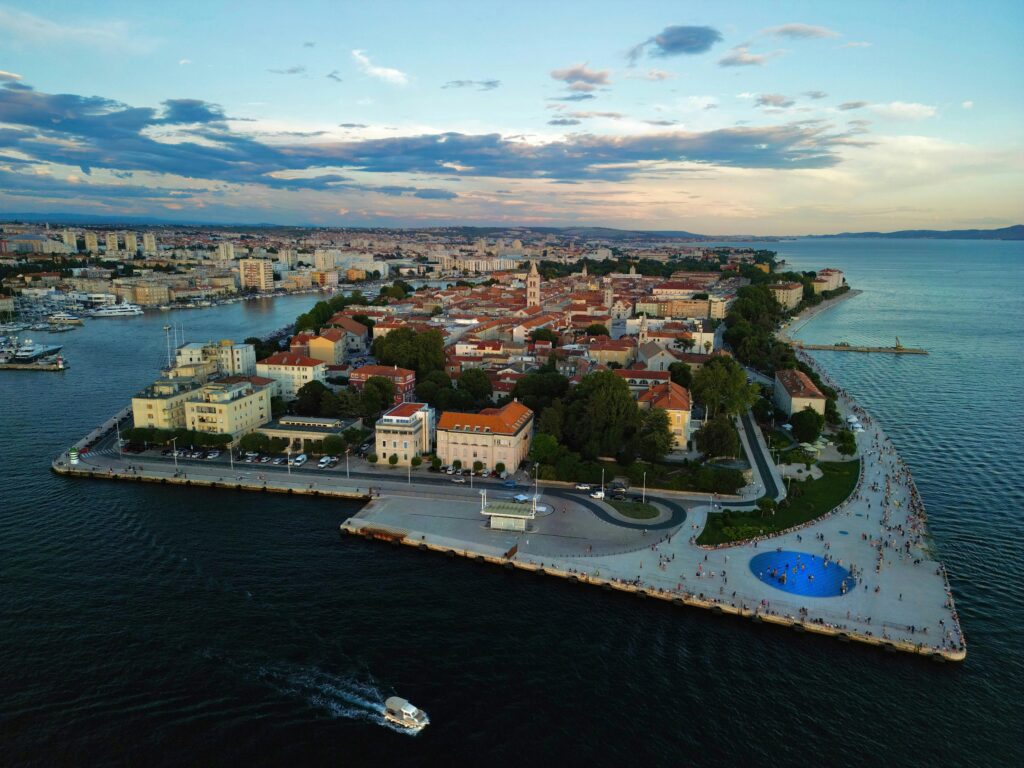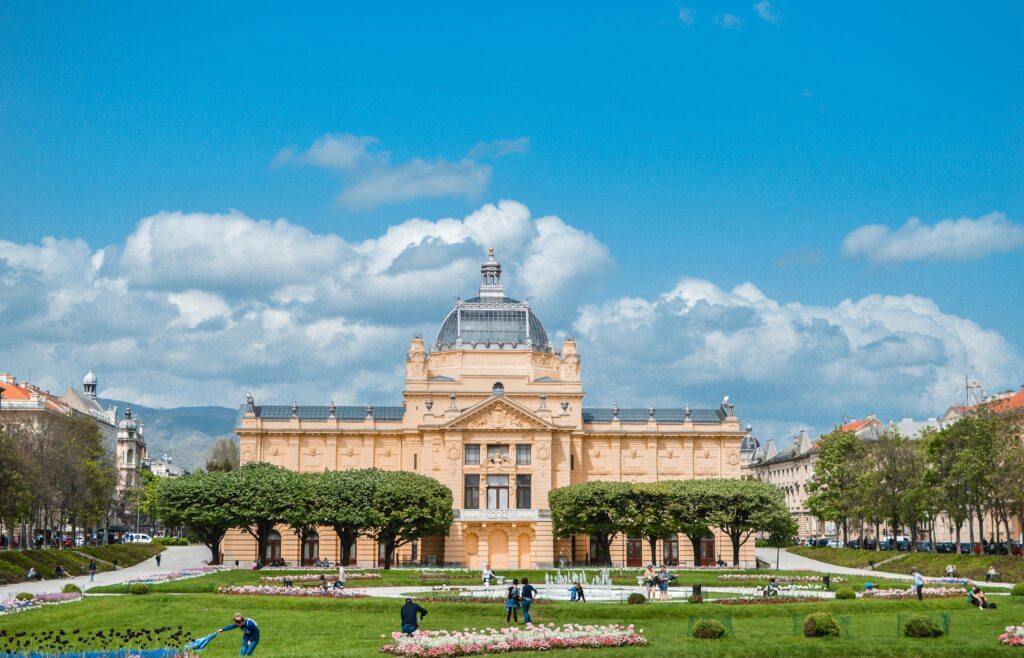Croatia is a stunning destination known for its historic cities, beautiful coastline, and rich cultural heritage. While accessibility can vary across the country, several cities have made significant efforts to accommodate wheelchair users and travelers with mobility challenges. In part 2, we’ll take a closer look at Zadar and Zagreb, two Croatian cities that offer a mix of history, modern infrastructure, and accessible experiences.
3. Zadar: A City of Innovation
Zadar, located on the Dalmatian coast, is a fascinating blend of Roman history and modern attractions. In recent years, the city has taken steps to improve accessibility, making it easier for wheelchair users to explore its charming streets and scenic waterfront.
Public Transport & Ferries: Low-floor buses operate within Zadar, but accessibility on ferries to nearby islands can be inconsistent, so checking ahead is advised.
Smooth, Paved Promenades: The Riva, Zadar’s waterfront promenade, is wheelchair-friendly with smooth paths and plenty of space to enjoy the sea views.
Historic Attractions: The famous Sea Organ and Sun Salutation, two unique landmarks, are located along the accessible promenade.
Old Town Accessibility: While some streets in the historic center have cobblestones, key sites like the Church of St. Donatus and the Roman Forum are reachable via nearby ramps and flatter pathways.

4. Zagreb: Croatia’s Most Wheelchair-Friendly City
Split is home to the iconic Diocletian’s Palace, a well-preserved Roman ruin that forms the hAs the country’s capital and largest city, Zagreb has the most developed infrastructure, making it one of the most accessible destinations in Croatia.
Accommodation & Dining: Many hotels and restaurants cater to travelers with disabilities, with step-free entrances and accessible restrooms.
Pedestrian-Friendly Streets: The Lower Town (Donji Grad) features wide sidewalks, curb cuts, and smooth pavements, making it easier for wheelchair users to navigate.
Public Transport: Many of Zagreb’s trams and buses are wheelchair accessible, particularly the newer models. However, some older trams still lack ramps.
Museums & Attractions: Major attractions like the Museum of Contemporary Art and the Zagreb Cathedral have accessible entrances and facilities.
Parks & Green Spaces: Maksimir Park and Zrinjevac Park offer flat paths and accessible seating areas, perfect for a relaxing break in nature.

Other Accessible Cities to Consider
- Osijek: Located in eastern Croatia, Osijek has wide, well-maintained sidewalks, accessible public transport, and wheelchair-friendly attractions like the Tvrdja Fortress.
- Rijeka: This coastal city has an accessible promenade, a step-free city market, and a growing number of wheelchair-friendly accommodations.
- Pula: Home to one of the best-preserved Roman amphitheaters, Pula has improved its accessibility with ramps at major attractions and flat paths along the harbor.
